|
So, tell me one thing: ”Are you ready for the big day?” It’s early February, and I am in no way referring to the Super Bowl, or sport of football. There’s certainly no need for goalposts, however specific “goals” are critically important in what I’m referring to, while any and all connections to “post” is just plain paramount. I guess you could say, “It’s all about the delivery.” —theirs, not mine. February 4th is National Thank a Mail Carrier Day! It’s a time when “going postal” is actually a good thing, but please don’t get this event confused with National Postal Worker Day. The latter is observed every year on July 1st. Keeping track of all these newfound “national days” is quite confusing, I know. The folks in this profession brave the elements and work hard to get us our letters, packages, magazines and campaign mailers in a timely manner. Our nation’s letter carriers “serve with great fidelity” in the faithful execution of their work as public servants. The American Community Survey, in conjunction with the US Census Bureau, estimates that there are about 302,000 mail carriers currently working in the United States. The profession can thank the ratification of the United States Constitution in 1788 which gave Congress the power “To establish Post Offices and Post Roads” in Article I, Section 8. One year later, the Act of September 22nd, 1789, continued the Post Office and made the Postmaster General subject to the direction of the President. Four days later, President Washington appointed a gentleman named Samuel Osgood as the first Postmaster General (under the Constitution). At that time, almost four million residents would be served by 75 Post Offices and nearly 2,400 miles of post roads. Carved in stone over the entrance to the old New York City Post Office building on 8th Avenue, one can find the quote, “Neither snow nor rain nor heat nor gloom of night stays these couriers from the swift completion of their appointed rounds.” According to the United States Postal Service, the quote often mistaken as the US Post Office motto comes from “The Persian Wars” written by the ancient Greek historian Herodotus around 445 BC and refers to the Persian system of mounted postal couriers who “served with great fidelity” during the wars between the Greeks and Persians (500-449 BC). Frederick is no stranger to the postal service. In fact, the most famous postal professional of all-time visited Frederick in the spring of 1755. This was Benjamin Franklin who had been sent by the leaders of the Pennsylvania colony to assist British Gen. Edward Braddock in his expedition into the interior of the country to battle the French & Indians. Communication to and from the unsettled wilderness with the colonial capitals would be "a necessity" for Braddock and governors like ours in Horatio Sharpe and Virginia's Alexander Spotswood. 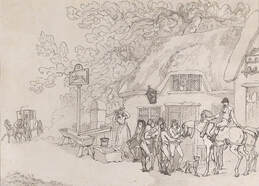 Franklin started as postmaster of Philadelphia in 1737, and eventually was elevated to serve as postmaster general of the Colonies. This would last until 1774, at which time the British authorities finally figured out that Ben Franklin was a revolutionary who could not be trusted. Not good to have a man of his stature wielding power of the principle communication delivery system of the day. Christina Martinkosky of Frederick City’s Planning Department wrote a fantastic article last April on the subject of Frederick's early post office and subsequent homes in the Frederick News-Post newspaper as part of her heralded “Preservation Matters” series. She wrote: “In the early years of Frederick, there was an absence of post offices and mail routes. Correspondences were deposited in public-houses and messages were transported to their intended destination through ad hoc methods. Benjamin Franklin was appointed the first postmaster general in 1775. By 1815, there was a daily mail service to Washington, DC, Baltimore, Hagerstown, and Wheeling. The mail was carried by hired riders in some cases, who, it has been said, frequently changed horses in Frederick as a major connection hub to other regional destinations. Stagecoaches then played a role as the earliest thru-roads and turnpikes came into existence." The town's inns and taverns were the first mail centers in places like Frederick and eventually surrounding towns. In 1825, the post office of Frederick was situated on North Market Street next to the town’s Market House. Today, this is the site of Brewer’s Alley restaurant. Fourteen years later, town diarist Jacob Engelbrecht made an interesting entry in his famous journal on January 4th, 1839: “Post Office—John Rigney Esquire the new Post master of this town, entered on his official station on Tuesday last 1 instant. The office is now kept in Bentz’s old house near the Market Street Bridge, opposite the residence of Mr. Rigney.” The Post Office would bounce around a bit, sometimes associated with established business sites, and at other times, private homes. The deciding factor in most cases resided with the Post Master himself as it had to be in close proximity to his regular workspace or home domicile. Nearly 20 years later in late March, 1858, Engelbrecht states that the Post Office of Postmaster J. J. Smith, Esquire moved from its home on West Patrick Street adjacent the City Hotel, to the house of Basil Norris on Court Street. Norris conducted a grocery store of sorts. The town Post Office would be back on West Patrick within 20 years as it is mentioned within the City Hotel in advertisements in the late 1870s. Ms. Martinkosky, in her article, adds: “By 1887, the post office was at the southwest corner of the intersection between Court and Church streets. This property, known as the Court Square Building, was originally constructed in 1782 as one of the fine homes that circled the original courthouse. The unique “top hat” dormers are likely an original feature. For many years the property served as headquarters for several long-lasting institutions, including the Central National Bank and Annapolis Bank. Sanborn Maps show that the western half of the building was used as a post office between 1887 and 1902.” In 1902, the Masonic Temple Association purchased the property at 22 W. Church St. and constructed an impressive four-story building. Between 1902 and 1917, the post office operated from the first floor. Frederick’s first post office, specifically constructed for that purpose, was located on the corner of East Patrick and North Carroll streets. The cornerstone was laid in 1917. The Greek Revival styled building was built of white brick and Indiana limestone. The former structure once stood where the current parking lot of the Downtown Frederick USPS Office is located. 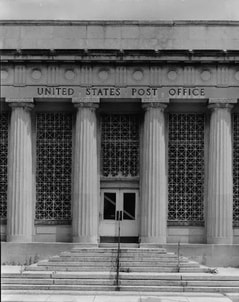 Parts of the old Frederick Post Office were thought to be re-used locally, but seemed to disappear. Some sections of the beautiful Doric columns of the old Post Office's front entrance were employed for a while as earlier window-dressing for the Carroll Creek Promenade. Many referred to these as "Tinkertoys" after the famed childhood building toy playset of yesteryear. The loss of the post office entails a very sordid and sad story. I will leave that for another day because I want to talk about a few of Frederick’s earliest mail carriers—also referred to as “letter carriers." A friend of mine, Caroline Eader, provided me with the following image of mail carriers and other postal staff in front of Frederick’s Post Office of June, 1914. This would be the site of the Post Office when it was located on West Church Street within the former Masonic Lodge, today the home of The Temple Cosmetology School. Caroline had a particular interest in the photograph because of an ancestor named Edward M. Eader. This gentleman is buried in Mount Olivet and is Caroline’s great grandfather. I trust my friend's family lineage because her mother, Edie Eader (1944-2022), was one of the best genealogists in the area for over 30 years. More importantly for Frederick, Mr. Eader was one of our town’s very first mail carriers. Edward was not alone as the picture attests. As a matter of fact, the four gentlemen to the right of the line (and likely dressed in light gray) within this old 1914 photograph were our mail delivery pioneers. This includes the following who served Frederick City: (Left to right) Edmund F. Moberly, James Edwin Duvall, Edward M. Eader and Charles Robertson. All four of these fellows are actually buried in Mount Olivet, along with other letter carriers that would subsequently take their place in delivering our city (and county's) mail up through the present day. In doing research for this story, I found that mail carriers of yesteryear, both city carriers and rural deliverers, were pseudo celebrities. Everyone knew these individuals, and they were usually associated with bringing joy in the form of vital communication, especially in those early days before widespread telephone use, television and radio broadcasting, and the email and texts of today that have been the postal service's biggest competitor in modern times. People anxiously awaited letters from loved ones, friends, personalized correspondence from businesses and government entities and magazines in the form of subscriptions. It was an endorphin rush to receive a letter in my youth. Now, not so much. Today, the mail carrier is tasked with delivery of bulk mail circulars, bills, and (to some) dreaded election campaign marketing pieces. With a high school senior in the household, I’m shocked to see the number of colleges that have sent parcels to my home. So back to the vintage photograph and our mail carriers. On September 18th, 1914, an article published in the Frederick News stated: “The Post Office Department invites your attention to the benefits to be derived from the use of private mail receptacles. Such receptacles in the form of a box or a slot in the door obviate the necessity of patrons responding to the carrier’s call at inconvenient moments, permit the safe delivery of mail at all times, and contribute materially to the efficiency of the service.” Mailboxes for both delivery and reception were quite helpful to resident and letter carrier alike. Many of our historic homes still boast original mail receptacles in the form of interior boxes and mail slots in front doors. Let's take a closer look at those four early mail carriers captured in the photograph. Edward M. Eader Edward Melancthon Eader is buried in Mount Olivet's Area L/Lot 189 not far from the rear of Key Memorial Chapel. He was born December 22nd, 1855. He was the son of Anna Mary Eader (1832-1876), however his biological father is said to be unknown. His mother remarried a man name Joseph Talbott and moved to Howard County without Edward from what I can tell. In 1860, he can be found living on the farm of a maternal uncle (Charles Ezra Eader) who would die at Gettysburg three years later during the American Civil War. In 1870, Edward would be living with his maternal grandparents here in Frederick. Edward M. Eader can be found living on East Street with his widowed grandmother in the 1880 census where his occupation is simply listed as a laborer. Edward married Fannie M. Heard (b. 1860) in late 1880 and the couple raised three sons: Roy, Harry and Lewis (Caroline's grandfather). Soon, he would be one of the three inaugural appointees for the job of "city-carrier" with Frederick’s Post Office. Mr. Eader would be chosen in February 1890 by Frederick's new Post Master, Harry Clay Keefer, and would serve faithfully for 31 years. I found only a couple of articles of note in local newspapers on Edward M. Eader, as most others mentioned him in connection with involvement in the Independent Hose Company and the Sons & Daughters of Liberty Organization. Edward would serve as State Councilor for the organization. Edward M. Eader spent most of his adult life living at 505 East Church Street extended. The 1930 census shows two grandchildren living with he and wife Fannie. He would pass three years later on September 17th, 1933. Great-grandaughter Caroline Eader supplied me with an image showing clippings pertaining to Edward's obituary and funeral announcement. Note that fellow letter-carriers served as pall-bearers. I found like articles in the local newspapers saying much the same. I was impressed that this made front page news. Mr. Eader would be laid to rest in Mount Olivet's Area L/Lot 189 as I mentioned earlier. I thought it would be interesting to search the cemetery for the other three "letter-carriers" in the vintage photograph taken on West Patrick street nearly 110 years ago. Following are their obituaries and gravestones. Edmund F. Moberly (1850-1935) James Edward Duvall (1839-1929) Charles Robertson (1852-1911) One of the most interesting finds along the way was this little article which appeared in the March 17th, 1915 edition of the Frederick Post. This led me to search further, and I would learn a great deal about Julia M. Shafer of Knoxville in the southwestern part of Frederick County. As the article states, Miss Shafer (b. Sept. 1885) was one of the first female rural mail carriers in the Eastern U.S. Being a rural mail carrier was regarded a rougher challenge than city-carrier based on the roads of the time, weather issues and wild animals occasionally making the job a bit more difficult. She unofficially began in this endeavor by assisting her father (Thomas K. Shafer) in 1896. The family lived off of Petersville Road, just southeast of the village of Burkittville and on the greater Needwood estate of the earlier Lee family. A feature article appeared in the Frederick News in December, 1911 stating she had been in the U.S. Service for eight years. Miss Julia May Shafer never married but served her employers with "great fidelity." She would retire after 30 years under the United States Postal Service, and it is said that she traveled over 234,000 miles in her goal of delivering mail to the masses. Another feature article appeared shortly after her retirement in January, 1934 and states that adding her work-based travel miles together would equate to circling the globe five times. It's an amazing feat regardless of sex, however her story is one for the ages. Julia M. Shafer died in January, 1961 at the age of 75. She is not buried here in Mount Olivet, however her mortal remains are reposing with her family in Burkittsville Union Cemetery. For well over 30 years, Miss Shafer would dutifully pass this burying ground, in the shadow of South Mountain, almost daily as part of her established rural postal route. I hope this article gave you a little more appreciation for our mail-carriers, both past and present. Even though National Thank a Mail Carrier Day (February 4th) falls on a Sunday this year, please give them a thank you on Monday if you see them — better yet, leave them a note or letter.
1 Comment
Mary Ann Eader Turney
2/4/2024 07:41:26 am
I thank you and Cousin Caroline for this article on Frederick letter carriers, especially my great grandfather, Edward M. Eader.
Reply
Leave a Reply. |
STORIES
|
Archives
July 2024
June 2024
May 2024
April 2024
March 2024
February 2024
January 2024
December 2023
November 2023
September 2023
August 2023
July 2023
June 2023
May 2023
April 2023
March 2023
February 2023
January 2023
December 2022
November 2022
October 2022
September 2022
August 2022
July 2022
June 2022
May 2022
April 2022
March 2022
February 2022
January 2022
December 2021
November 2021
October 2021
September 2021
August 2021
July 2021
June 2021
May 2021
April 2021
March 2021
February 2021
January 2021
December 2020
November 2020
October 2020
September 2020
August 2020
July 2020
June 2020
May 2020
April 2020
March 2020
February 2020
January 2020
December 2019
November 2019
October 2019
September 2019
August 2019
July 2019
June 2019
May 2019
April 2019
March 2019
February 2019
January 2019
December 2018
November 2018
October 2018
September 2018
August 2018
July 2018
June 2018
May 2018
April 2018
March 2018
February 2018
January 2018
December 2017
November 2017
October 2017
September 2017
August 2017
July 2017
June 2017
May 2017
April 2017
March 2017
February 2017
January 2017
December 2016
November 2016

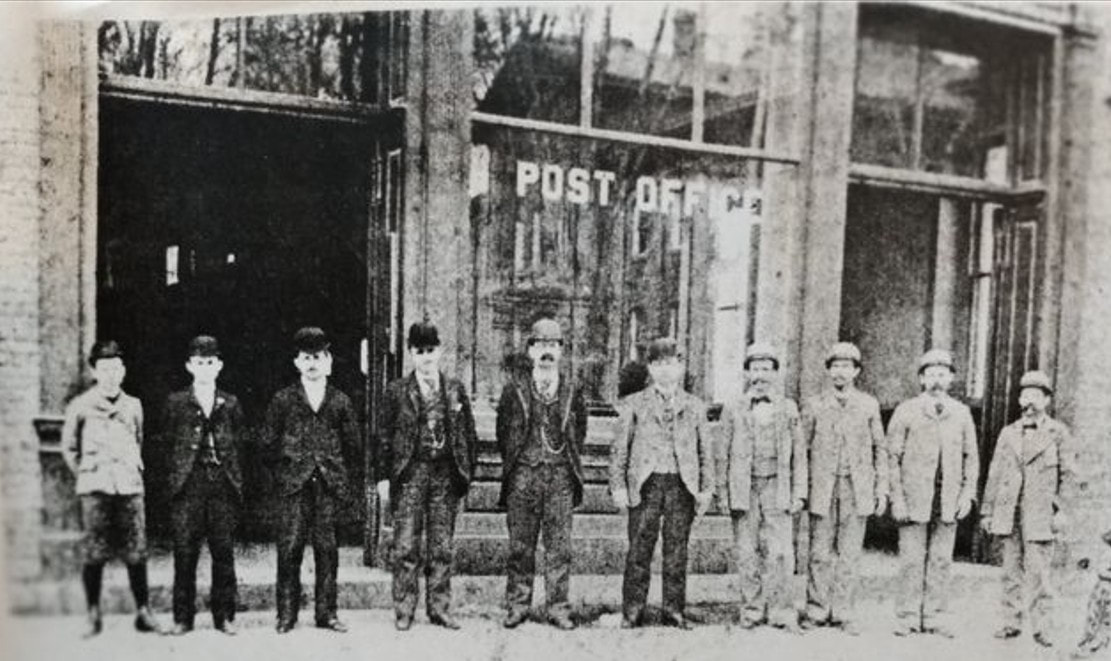
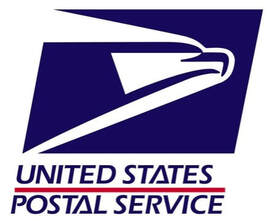

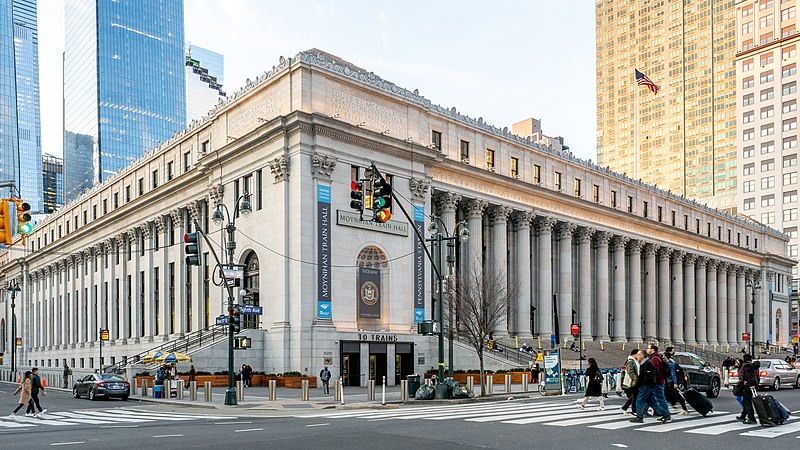
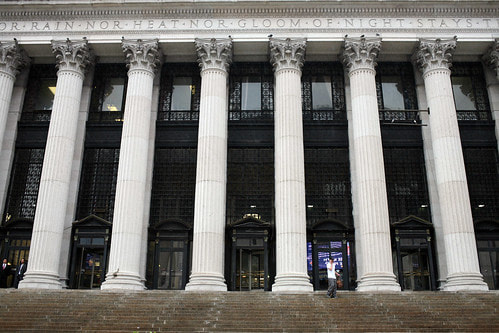
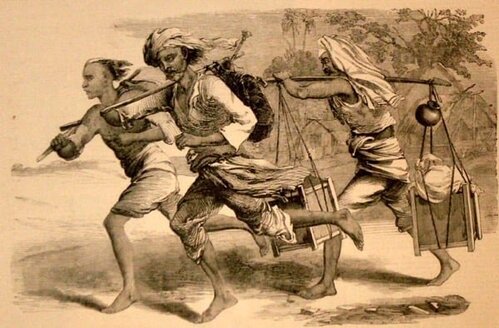
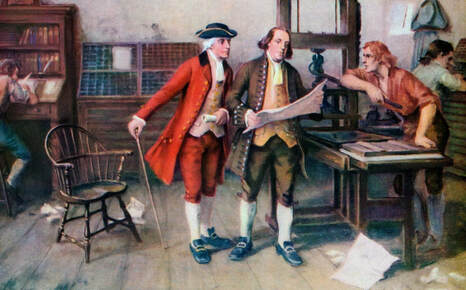
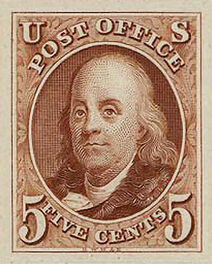
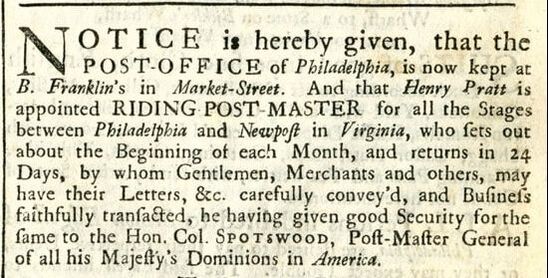
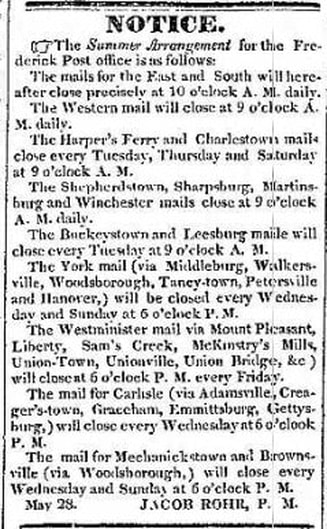
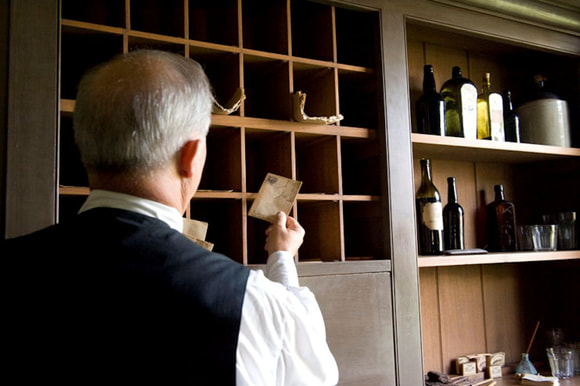

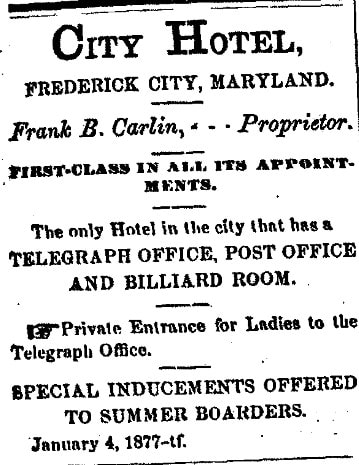
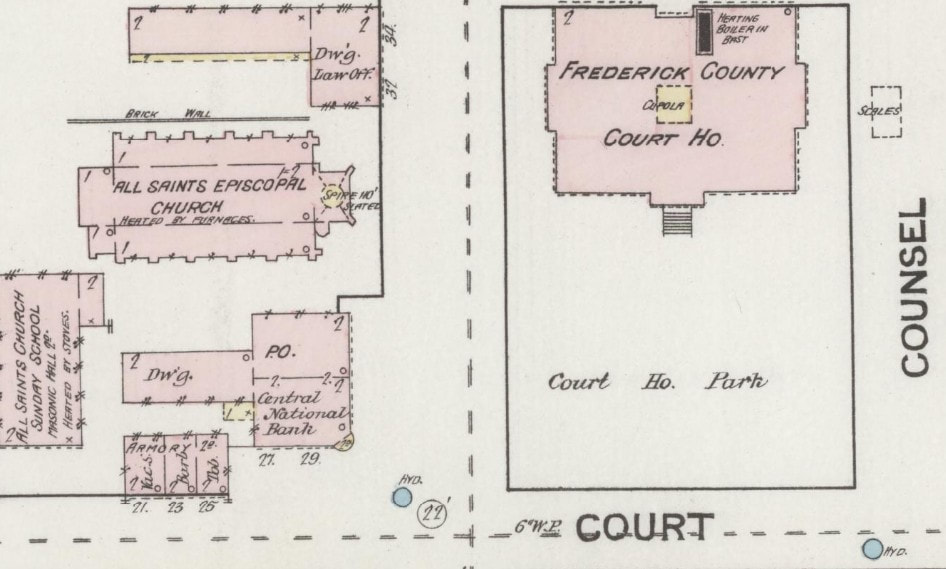
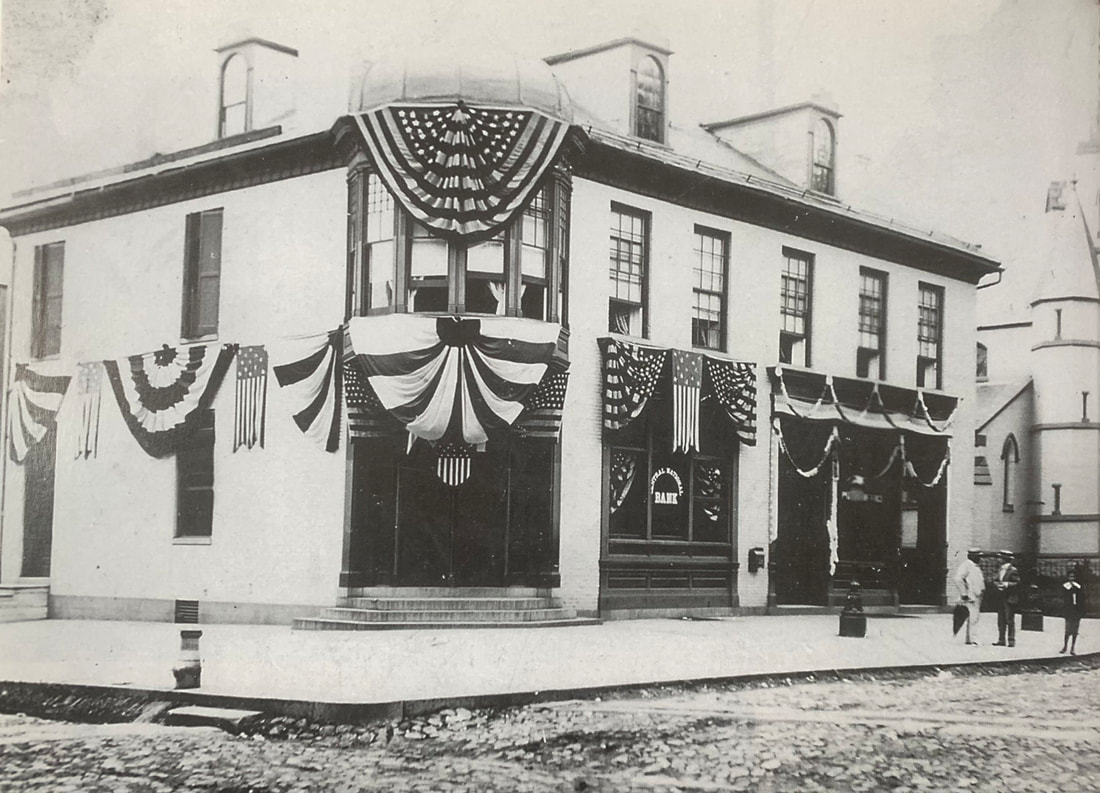
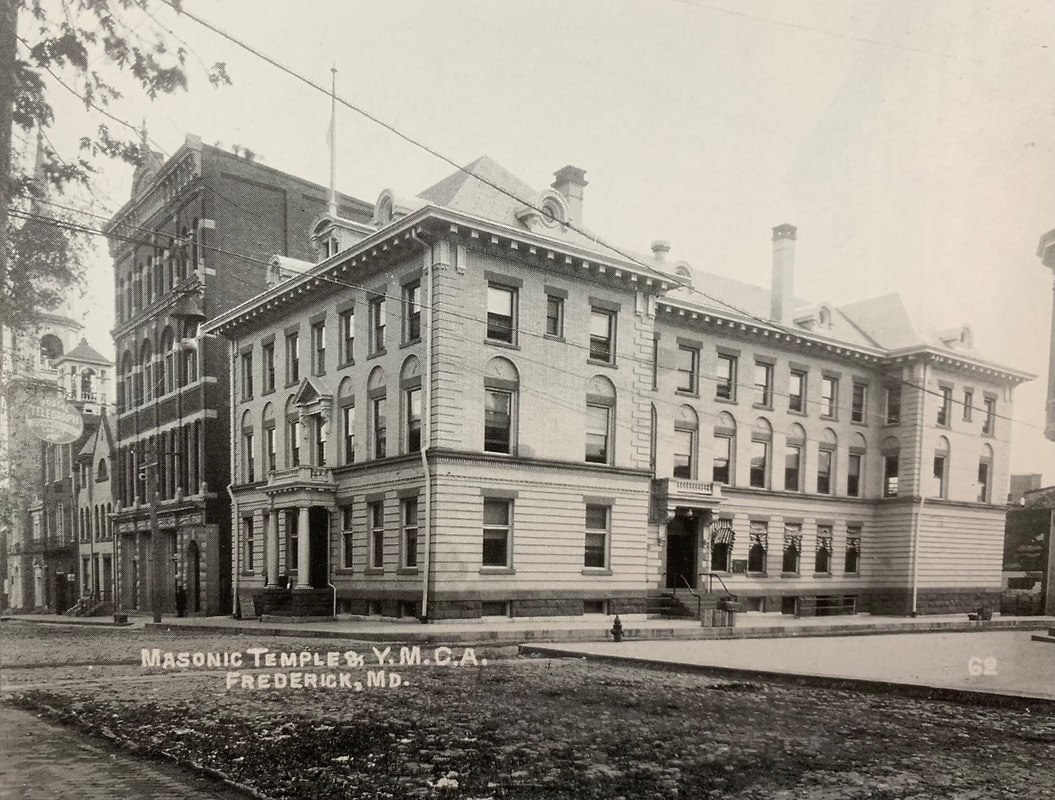
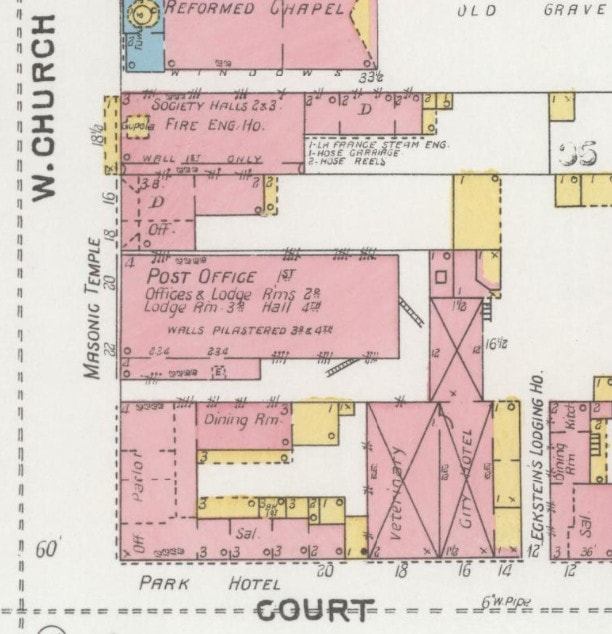
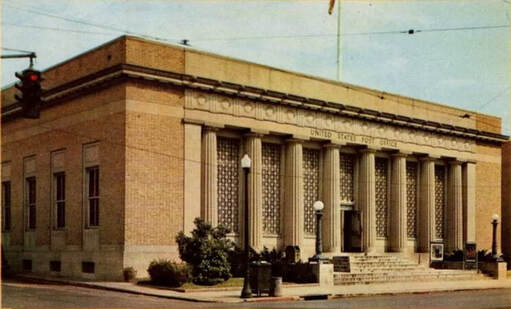
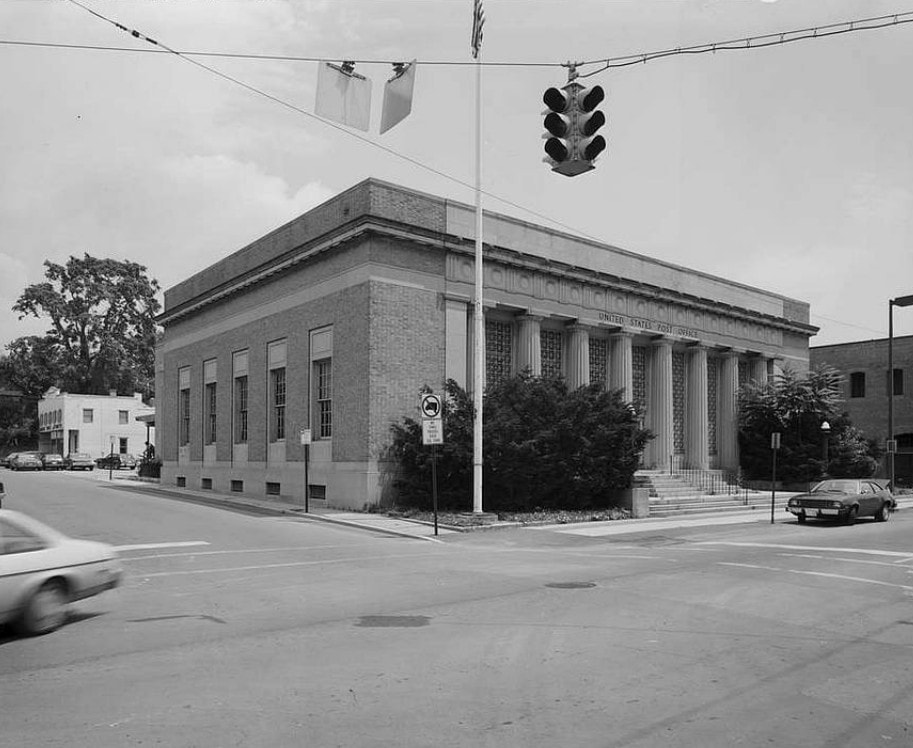
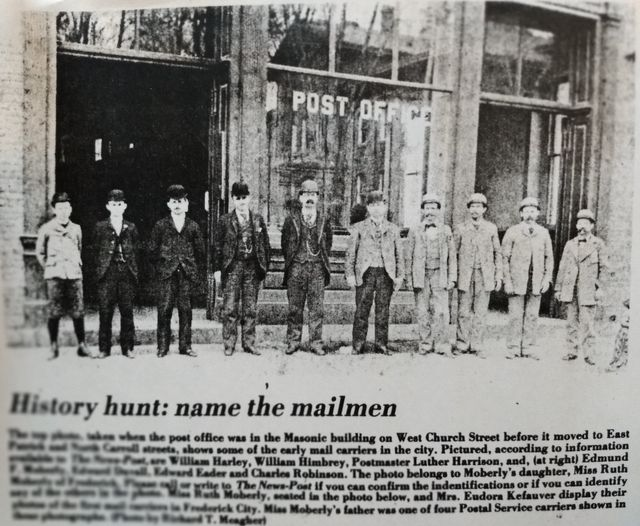
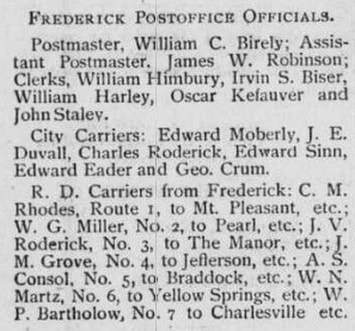

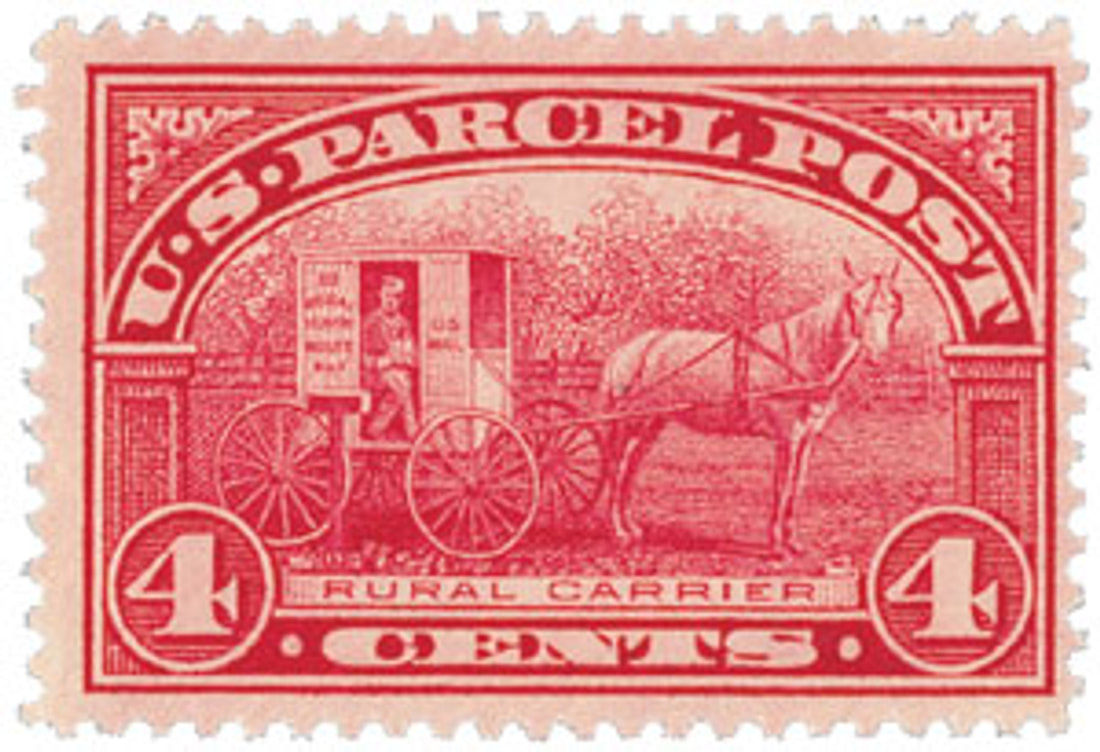
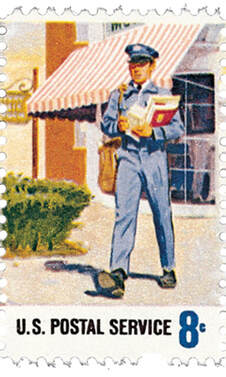
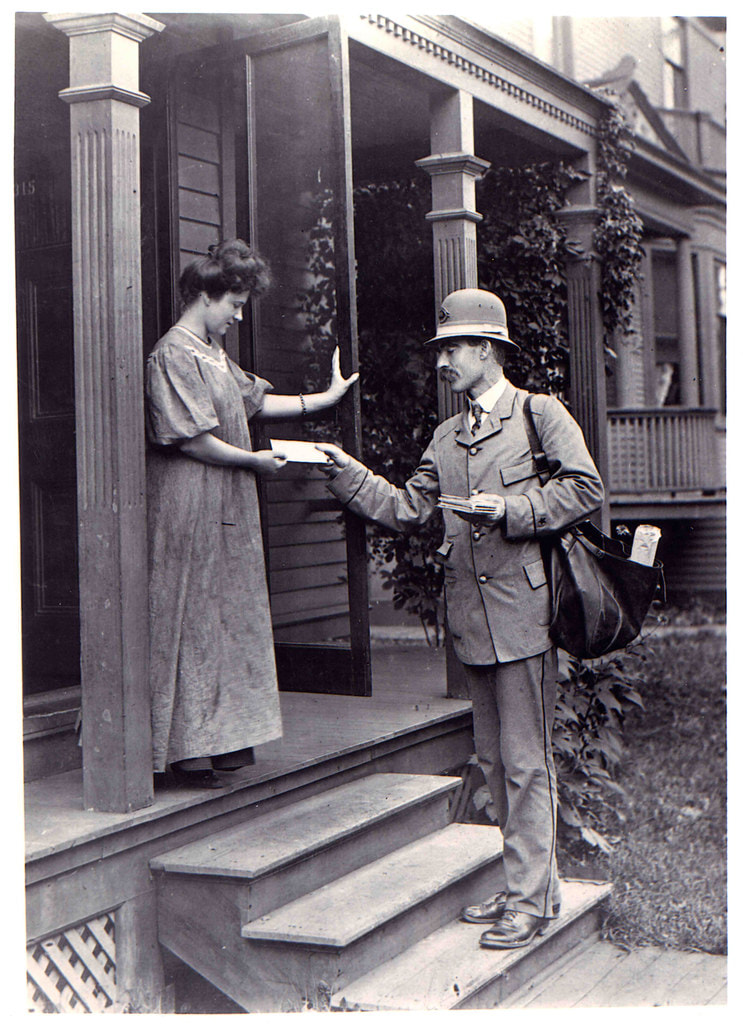
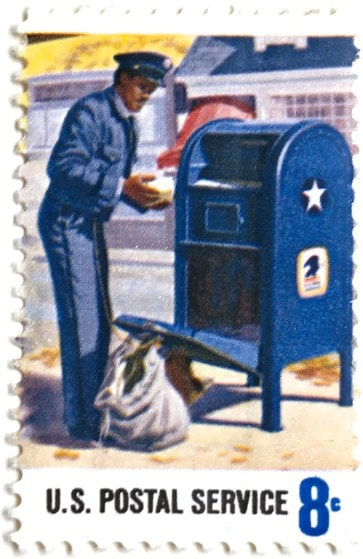
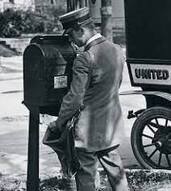
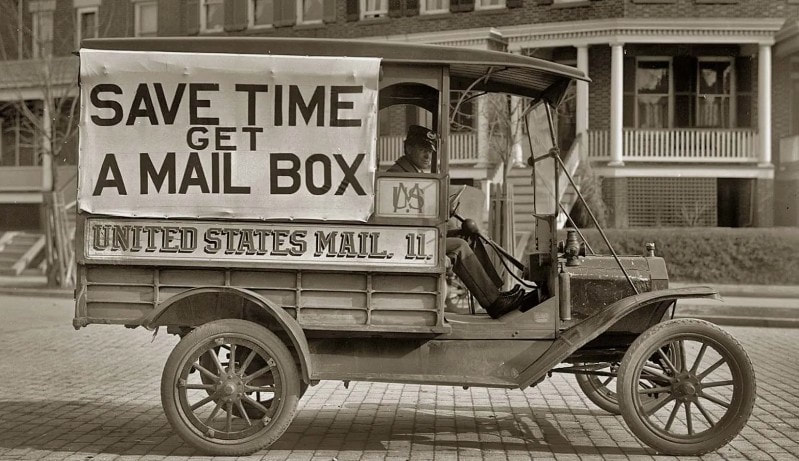
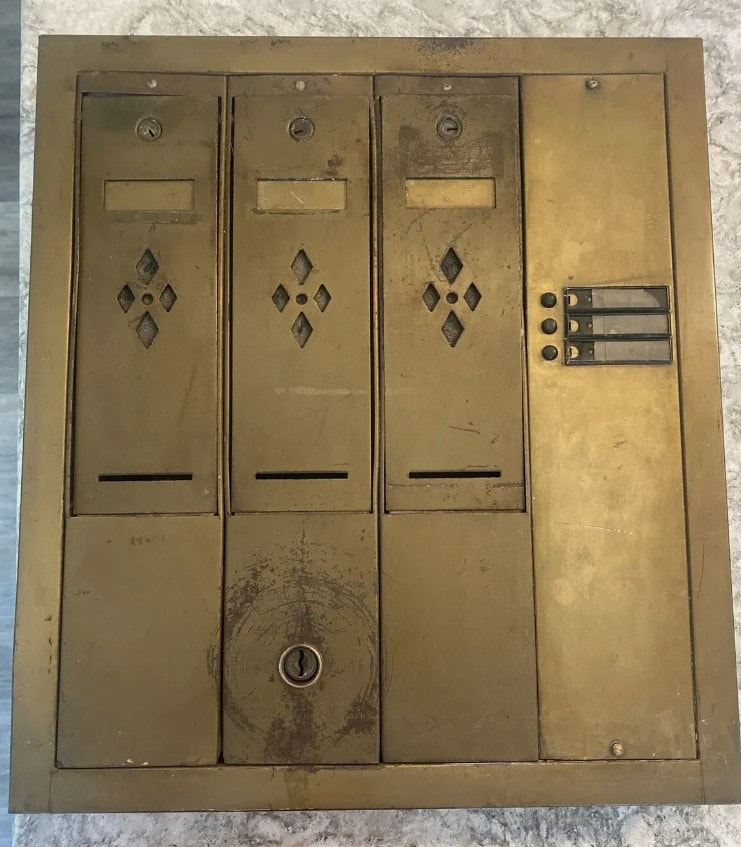
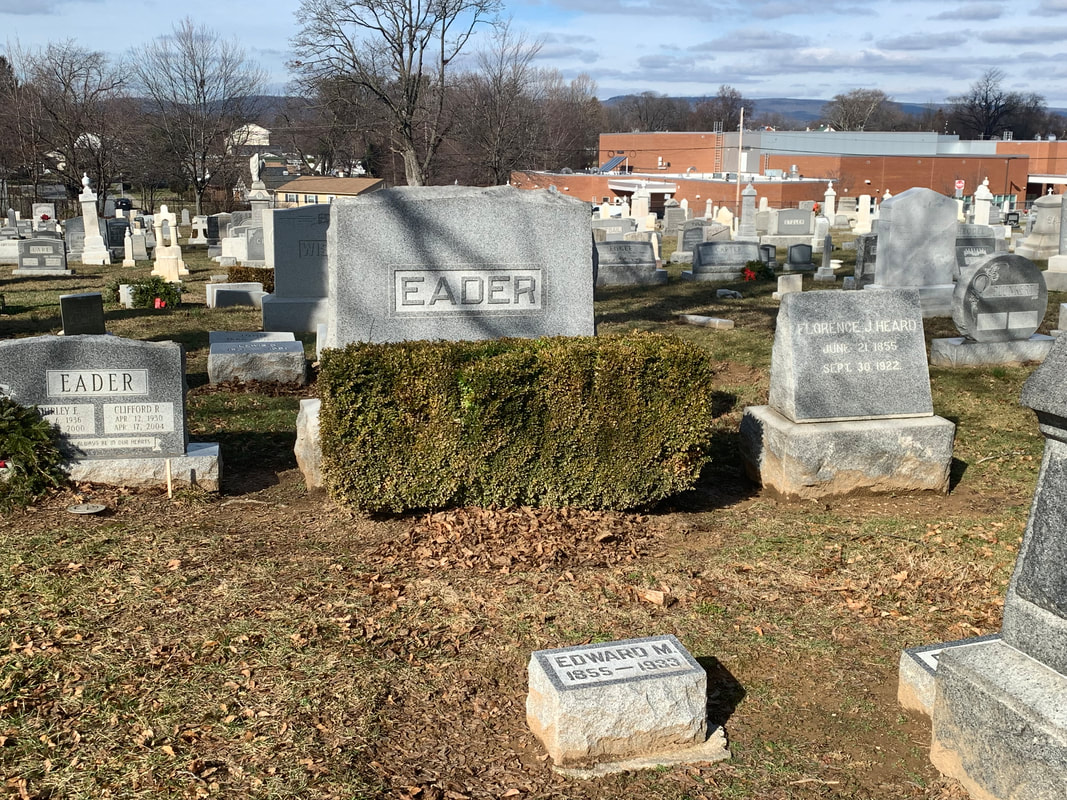

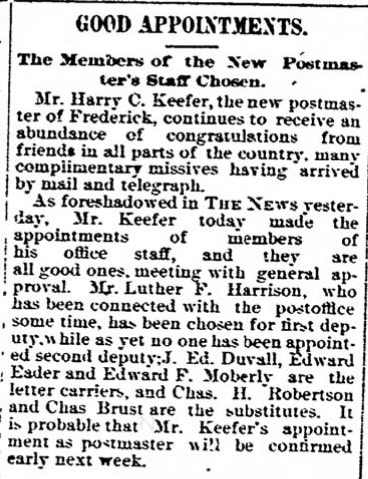

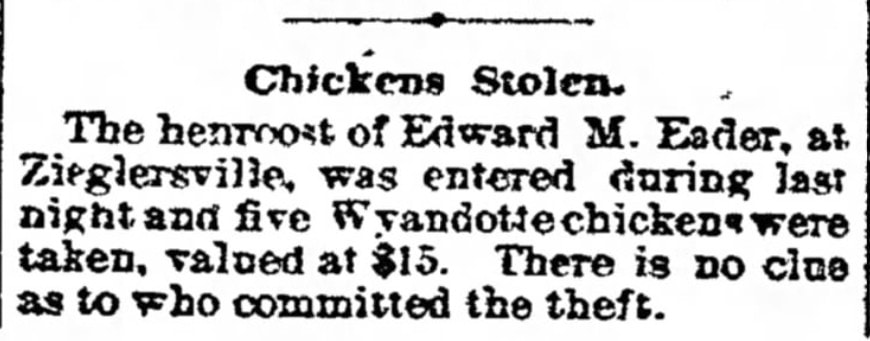
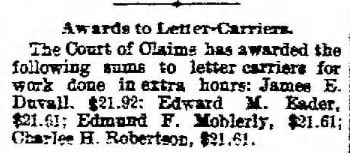
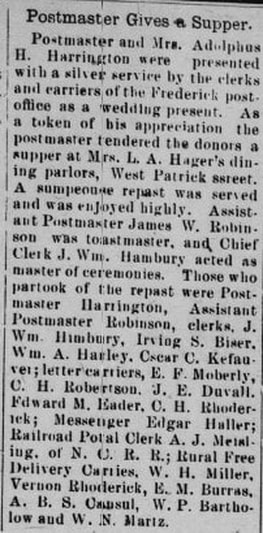

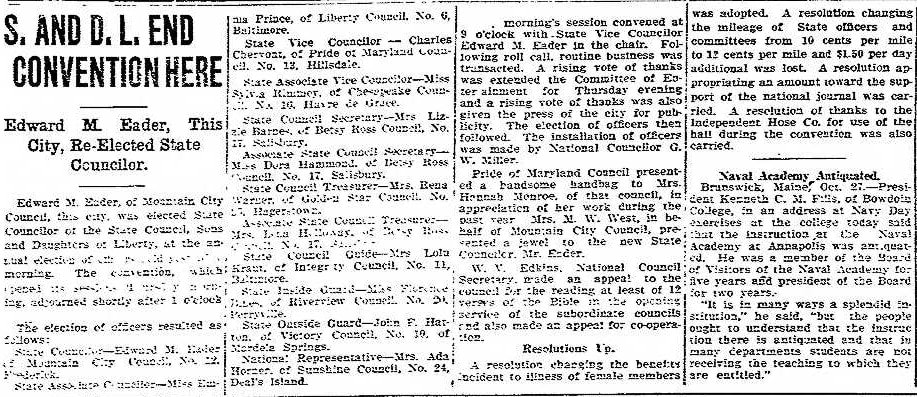

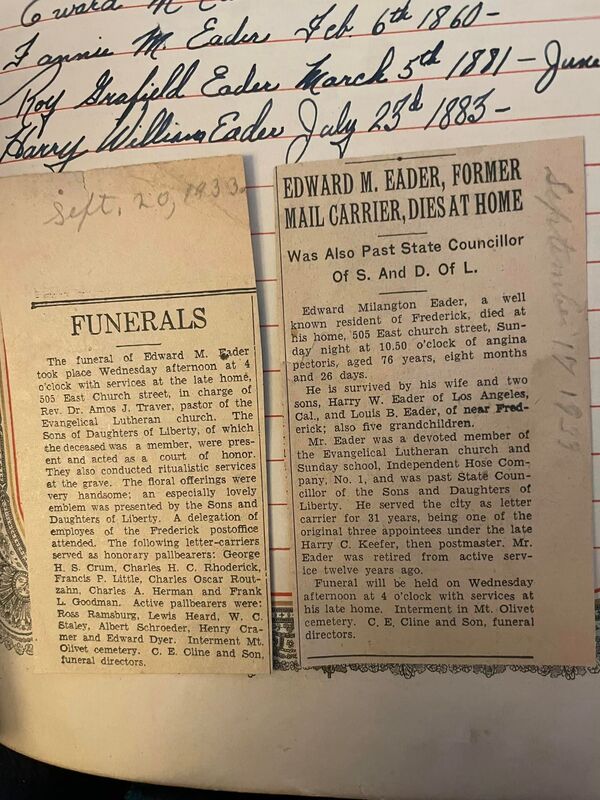
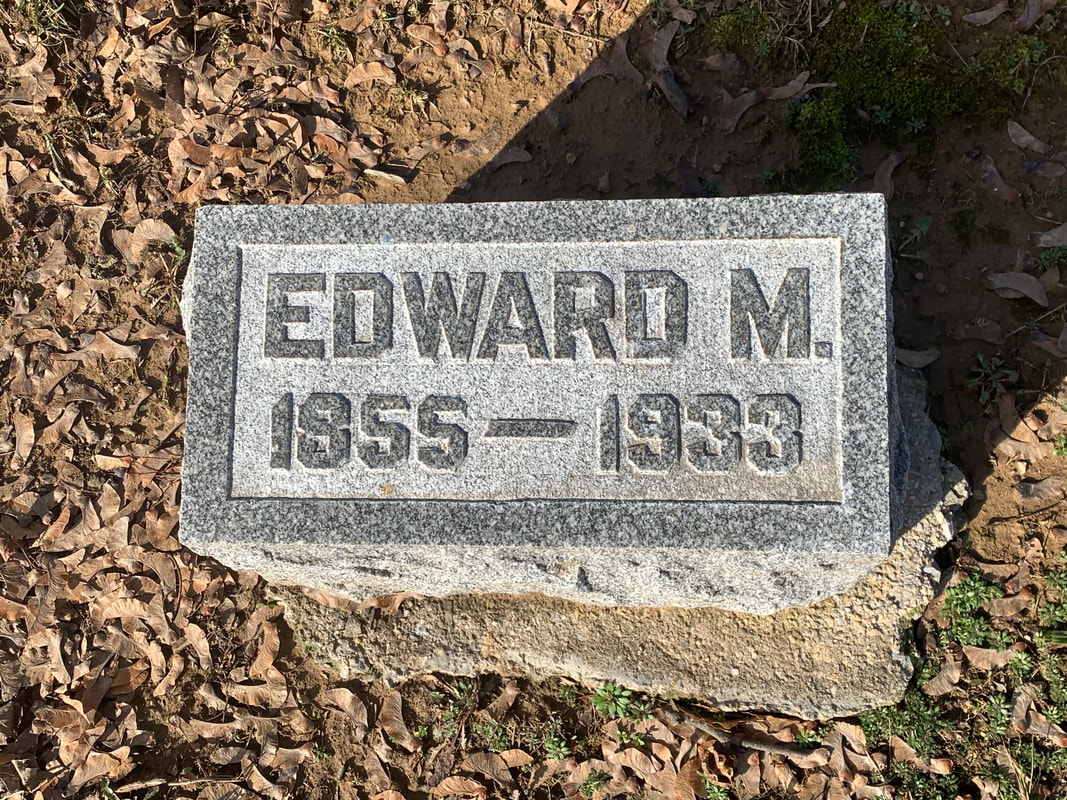
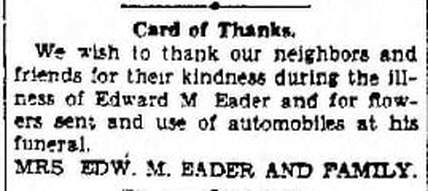
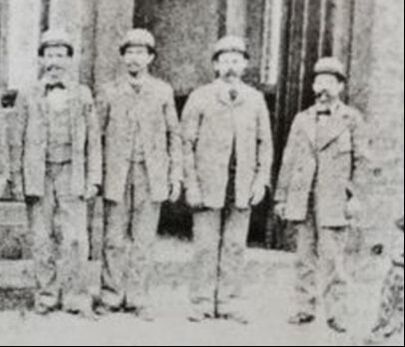
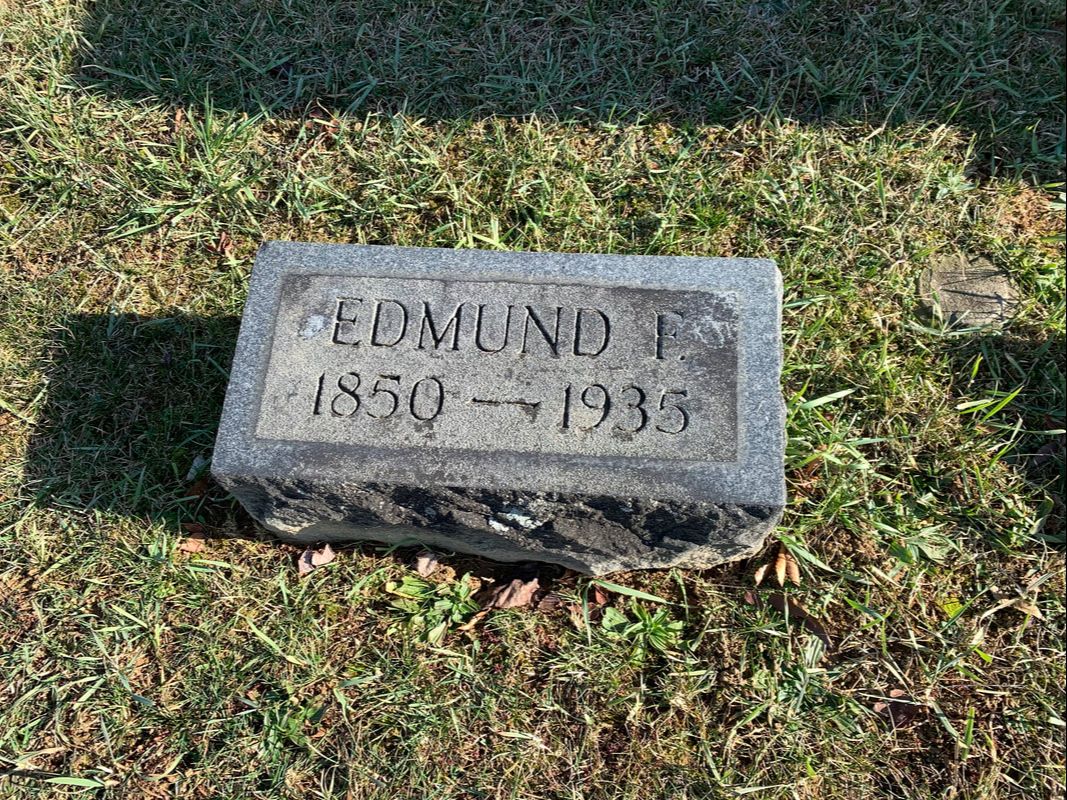
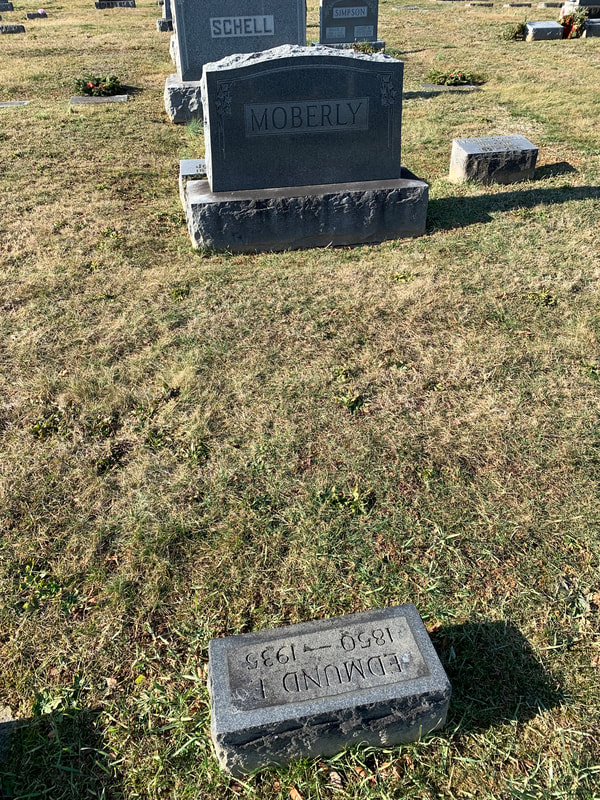

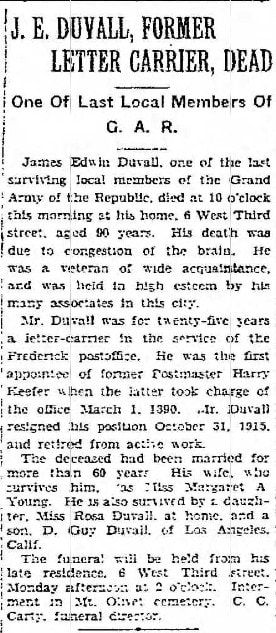
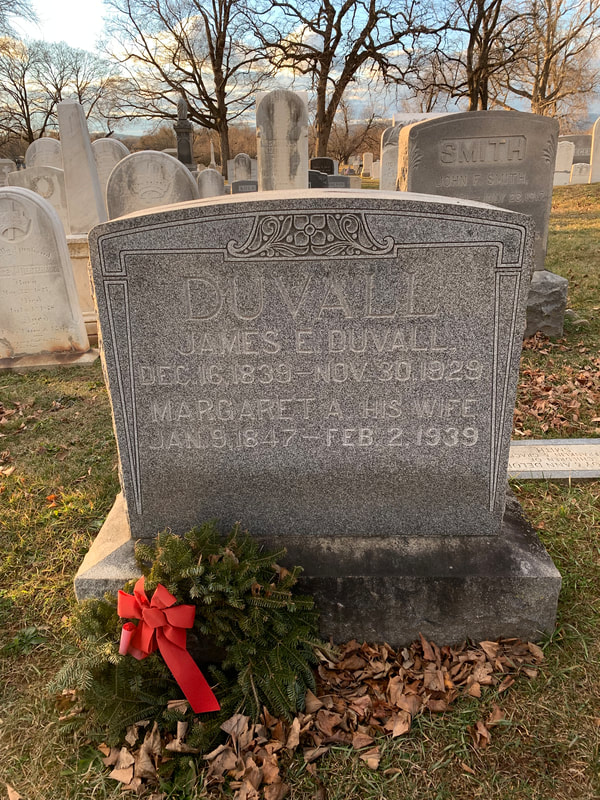
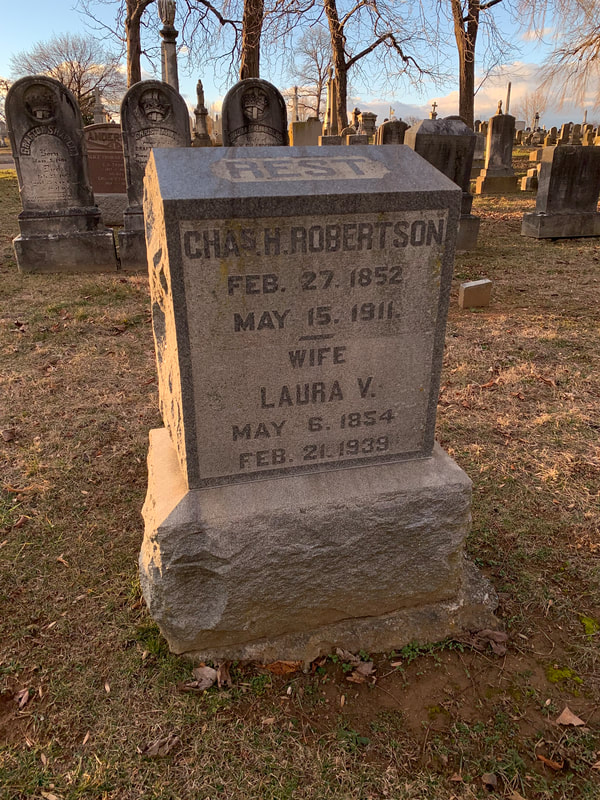
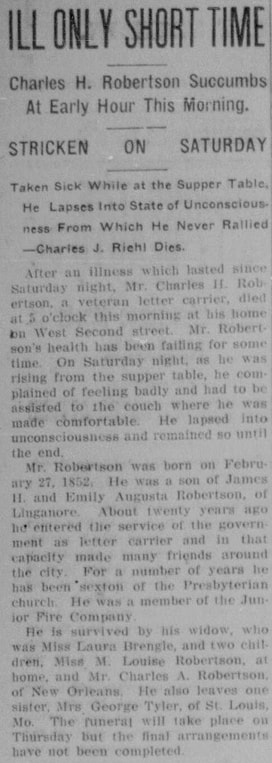
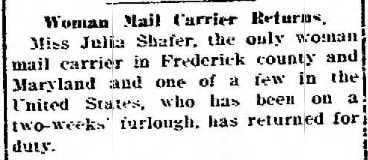



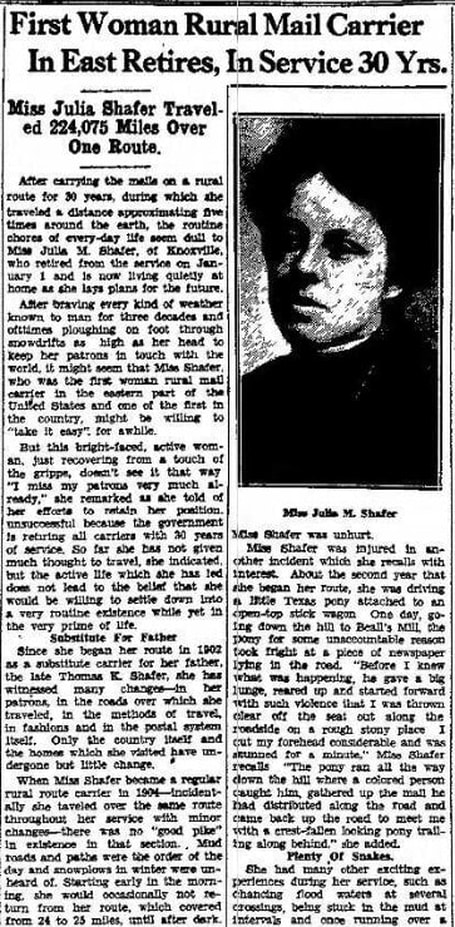

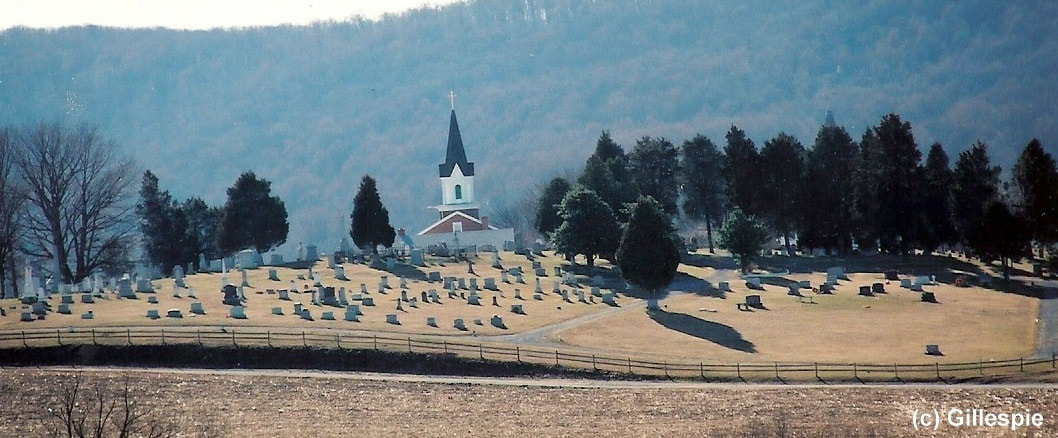

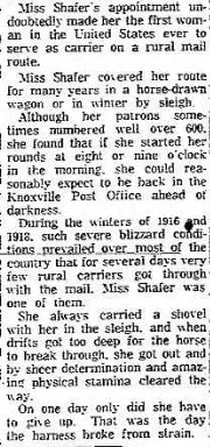

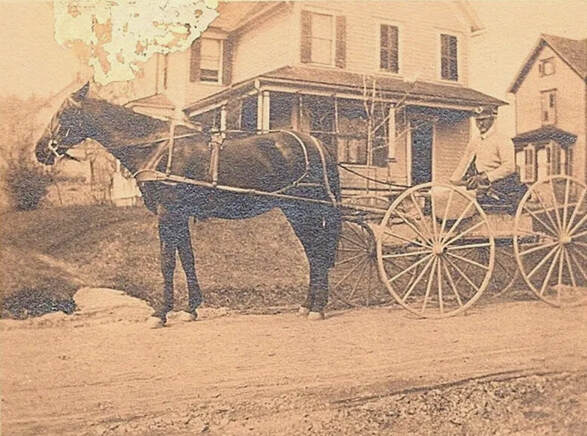
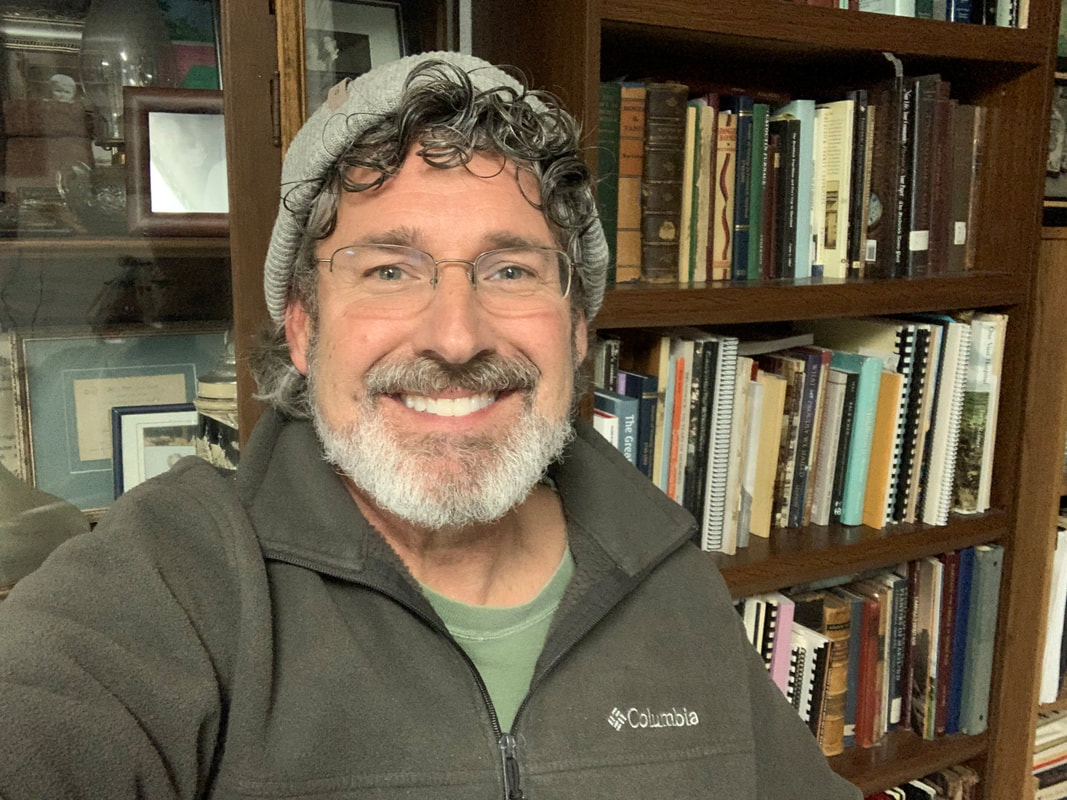
 RSS Feed
RSS Feed